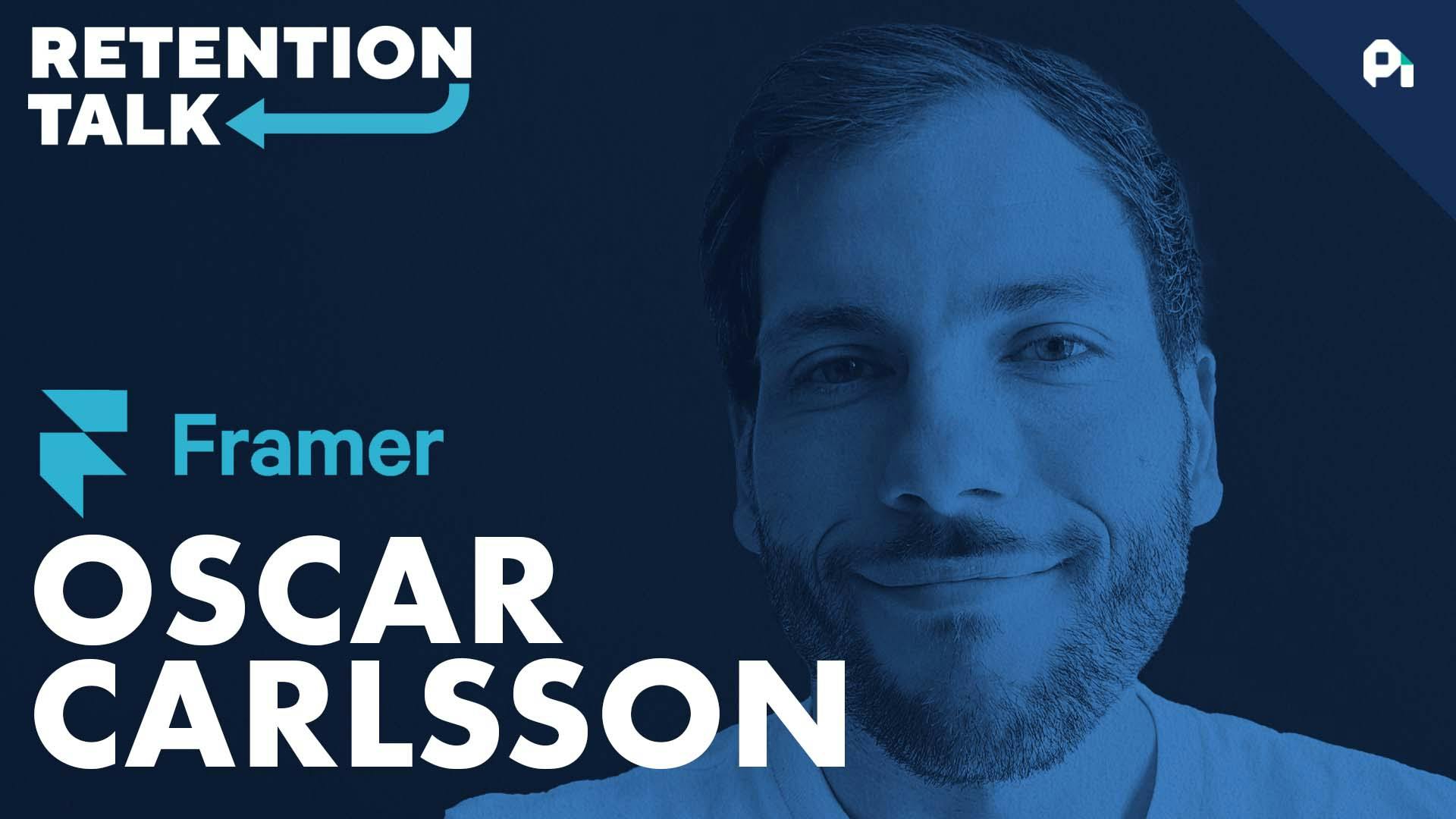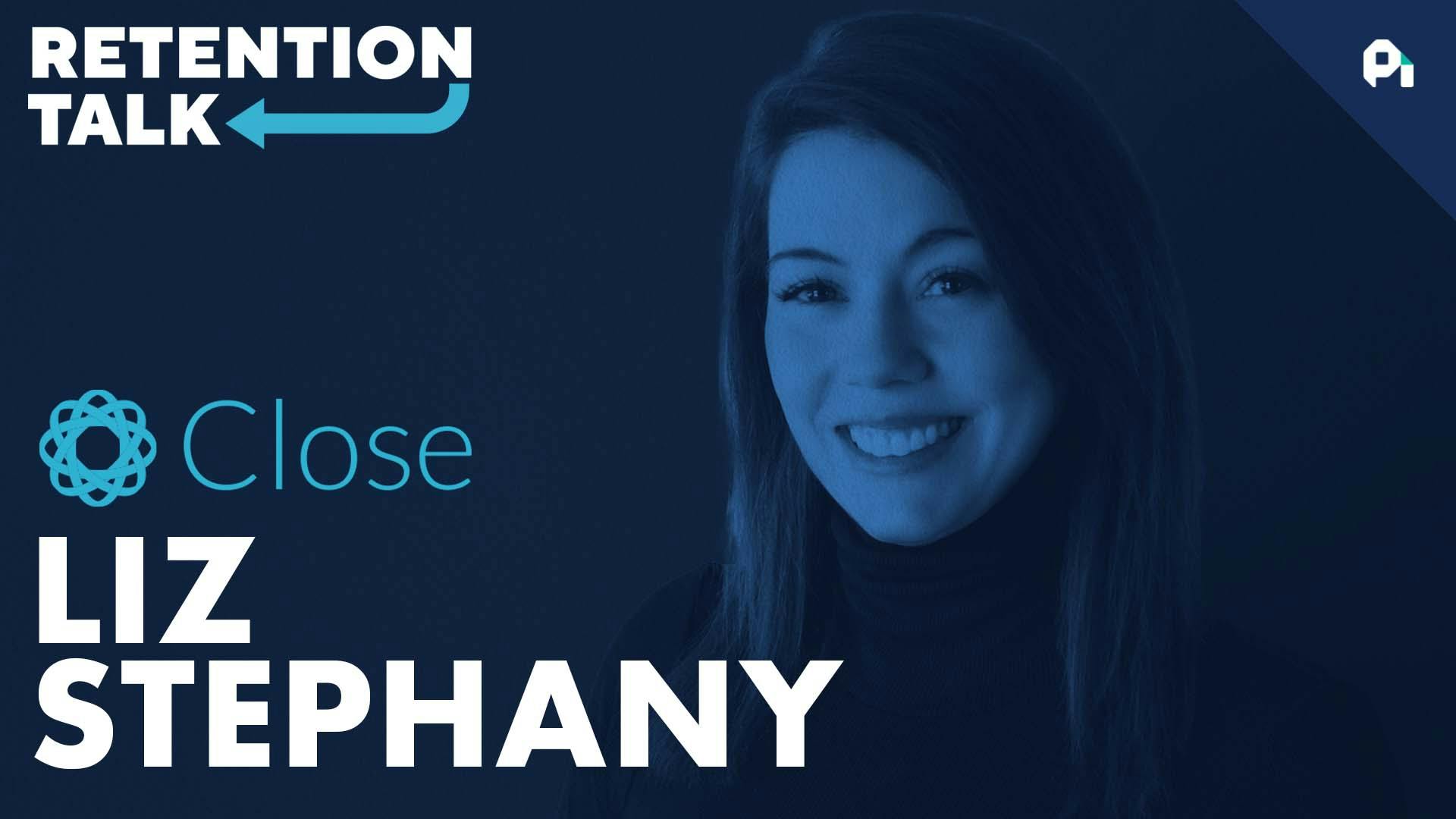
Automating churn reduction | Workpuls' Maja Rajić Milivojević
This episode might reference ProfitWell and ProfitWell Recur, which following the acquisition by Paddle is now Paddle Studios. Some information may be out of date.
Please message us at studios@paddle.com if you have any questions or comments!
Automating churn reduction isn't as far fetched as it may seem. While you can use ProfitWell Retain to help out immensely, you can also set up flows to gather information and put your churned customers into cohorts.
On today's episode of Retention Talk, I speak with Maja Rajić Milivojević, Customer Success Team Manager at Workpuls. We talk about driving automation to form as many connections as possible, gathering information in the cancellation flow, and being proactive about upgrading to longer term plans.
Key points discussed in the episode
Unfortunately, not all clients are created equal in terms of MRR. If you have different price points, you need to create different segments and then create different customer journeys for each segment.” - Maja Rajić Milivojević
Drive automation to form as many connections as possible
Segmenting clients is the first step in retaining them. Different clients have different MRR and different needs. Utilizing automation tools to determine segments will cut time spent in figuring out customer problems to get quicker answers.
Gather information in the cancellation flow
We talk a lot about adding friction to the cancellation process, but Maja illuminated that oftentimes different segments require different cancellation processes. It might be better to reach out to enterprise level clients preemptively, whereas smaller to medium customers require help from support at the point of cancellation.
Be proactive about term optimization
If you have a customer for a few months and usage looks good, you can use push notifications or emails to ask them if they’ve considered upgrading. Using a discount is a great way to get folks to upgrade as well.
Take Action:
While automation is luxurious, your first step should be to discover which customers are at risk. Once you do that, you will know which customers should be the focus of direct churn reduction strategies.
The following strategies will help you find out who your at-risk customers are.
1. Use cohort tracking to identify patterns for at-risk customers
There was a time when figuring out the patterns that lead to churn would have been too much to take on. But, thanks to big data and tools like ProfitWell Metrics, it's easy to identify patterns of behavior that most often precede a customer churning.
2. Use customer segmentation to develop re-engagement plans
One well-known predictor of churn that we don't need machines to tell us about is inactivity. If a user isn't logging into the site and engaging with your product, you can bet they'll eventually decide they aren't getting their money's worth and cancel.
Identify customers who have been inactive, and how inactive, before the churn risk becomes great. You can use this data to reach out to those customers and help them re-engage with your product.
3. Automate to reduce involuntary churn
Sometimes, the customer doesn't choose to churn. A surprisingly large number of churned accounts occur because of a failed payment. Automation tools allow you to use the power of automation to reduce the number of accounts lost to failed payments.
4. Measure net promoter score
The net promoter score for your product is the likelihood that existing customers would recommend it to a friend. This is a great indicator of how satisfied your customer base is, as a whole, with your product. By tracking this over time, you can see how well your efforts to improve satisfaction are, as well as take notice when satisfaction is dropping.
5. Find trends in customer support tickets
Aside from the feedback you solicit from customers, you have a great source of feedback in the customer support tickets that you receive. Pay attention to the problems people are having. If many of your support tickets are reporting the same problems, or indicate a misunderstanding about how things work, then those are likely reasons some customers will cancel their subscriptions.
Do us a favor?
Part of the way we measure success is by seeing if our content is shareable. If you got value from this episode and write up, we'd appreciate a share on Twitter or LinkedIn.
If we're talking about the enterprise level clients, I think this is a completely different story because here's what we want to do is like be two steps ahead and prevent cancelation requests from happening in the first place. Yeah, like I said, lots of different automation processes.
What we do is we can create different workflows in our CSM that will warn us for anything that might be alarming. For example, there hasn't been a lot of activity from the clients for a while. I don't know.
They downsized. They've been unresponsive to our emails. Things like that and then would be involve the customer success manager as soon as possible to try to reengage the client, to try to see what's going on. If they have any issues or something like that.
So basically looking for the warning side even before the cancelation happens, just in order to prevent it. Welcome to retention talk. I'm Neil this.I and we're talking to the best minds in the world of product and customer success to bring you actionable strategies on reducing churn and boosting retention.
This week, we're talking to Maya, a customer success team manager at Workforce. In this episode, we talk about driving automation to form as many connections as possible. Gathering information right when a customer cancels and pay close attention to what Maya says about upgrading customers to annual plans.
Maya, thanks so much for being here. I'm super mom to have you on retention, talk and share a little bit more about, you know, the work you guys do on the customer success team to really drive retention. So we love a little bit of background into like, how did you end up at work plus wikis?
And tell us your story. I joined Workpuls almost four months ago at the very interesting stage, leading to a very small field, very small teams support and success. But like I said, it's a very interesting stage because the company is growing a lot and we're exploring lots of different opportunities at the same time.
So both trying to expand the themes, but be mindful about it, use different automation techniques, broaden our tool portfolio. So yeah, it's been very fun for months for me. And as far as my background, I actually have a master's degree in English, so I started teaching straight after university like most, most of my colleagues to.
Unfortunately, education is a bit of a rigid system. You know, you're just a very tiny part of it. You're not really able to make much of an impact. So I kind of wanted something that's more challenging and dynamic soil and my first job in an IT sector as software support specialist in another SAS company.
Eventually, I volunteered to lead the support team. And what was interesting here is that basically at that time, we were doing support, but it was called support. But actually we were all like an all round customer facing team.
So all of us were doing sales support and customer success at the same time, depending on the client. So we gained a lot of a lot of different experience in multiple customer facing roles. I volunteered to lead the team eventually because we were operating without a manager for a while.
I really like leading the team. I found it. It's very similar to teaching, even though this may sound a bit weird, but you know, in order to lead the team, you need to be able to reach different personalities, understand them and motivate them.
And then in order to be a good success manager for your clients, you need to do the same. And then it all goes back to teaching where you still need to, like I said, be able to reach reach different personalities.
To make this parallel is I remember when I was in high school, my English teacher told me something like, if you're good at math, you're going to be good at English grammar. And they thought that was pretty random at the time.
But then when they got into customer success, I actually understood what he meant and I understood why I love it so much. Because, you know, if you want to understand software really good, you need to go into the intricacies.
You need to see how it works, learn all the rules, all the conditions, and then you need to be a good educator and transfer all your knowledge to your clients. And it's the same with grammar. So this is basically how it kind of connected my background to working in customer success.
That sounds great. So just to give you some context, like something that we're trying to really develop here is like a framework on how product and systems can really, on a tactical level, work on improving retention month over month, right?
And so something that I'm always curious about for a company is what happens when someone cancels. What is that experience like, right, from a U.S. perspective, but also from a product perspective? Take me through sort of like what that process looks like today and what you guys sort of do to sort of curb cancelations.
I think this also depends on the customer segment just going back to creating different segments, which really helps in this process as well. So if we are talking small to medium customers, usually what happens is they submit the cancelation request and then our support takes it from there.
I skipped one part because as soon as the cancelation requests come in, like I said, we use a lot of different automation tools. So we have like a chat bot that jumps into the conversation and then prompts for the cancelation request even before the customer reaches life support.
So we basically tend to get as much information as possible about the cancelation request before the customer even reaches our support agents. And this is how we know how to respond, basically, because then you already have feedback on why they are considering cancelation and then you can counter argue that if there's space for that, of course, we
also try to be mindful so that this process is not, like, frustrating or painful. You know, you cannot let the conversation go back and forth so many times, but basically as soon as we get everything that we need, usually what we do is if there's nothing we can do like if this decision came from the very top
of the company or I don't know, the reason is something that's completely out of our hands, like the companies bankrupt or something like that, then I guess that's it. We cancel the subscription. We will always try to like being this customer in six months time or something like this, just to see if the situation has changed.
I think that's a very good tactic because literally you have nothing to lose. And then if if we're talking about the enterprise level clients, this is a completely different story. If we're talking about the enterprise level clients, I think this is a completely different story because here's what we want to do is like be two steps ahead
and prevent. Cancelation request from happening in the first place. Yeah, like I said, lots of different automation processes. What we do is we can create different workflows in our CSM that will warn us for anything that might be alarming.
For example, there hasn't been a lot of activity from the clients for a while. I don't know. They downsized. They've been unresponsive to our emails. Things like that and then would be involve the customer success manager as soon as possible to try to reengage the client, to try to see what's going on.
If they have any issues or something like that. So basically looking for the warning sign even before the cancelation happens, just in order to prevent it? Awesome. So that was that was super helpful. So it sounds like, you know, the best case scenario is to identify early signals or signs of unhappy customers, segment them and sort of
engage them with your six reps. And then obviously, if they do ultimately end up getting something really, really hard to understand, the root cause was and tackle that right. Yeah, it's always about getting the exact ultimate way. On the flip side, I know a portion of of of churn and cancelations come from like failed credit card payments
and unable to be receiving payments. So what happens in those cases where you know someone's payment might fail? How do you sort of respond to that customer in that situation? Yeah. Well, I guess in these situations, it's also important to have a good payment processor.
We do rely on our payment processor, for example, to automatically try to rebuild every time something like this happens. But then also for larger clients, our systems would follow up manually. And when they say follow up, I don't mean one time.
I mean, like, email the client. If they're still unresponsive, let's try calling them. Let's try pushing an in-app message to them anything that that will help us reach them. But then, of course, if we are talking an enterprise level client, then we are again basically relying on our success managers to own the renewal process until the payment
is in so that we don't get to a situation where the payment has failed. So I like to create, for example, an automated health check for our systems in our CRM. So anytime an enterprise level customer is offering all in four to five days, let's start a dialog with them right away.
Create a task for our systems to get involved, for example. Got it! OK, cool. That was helpful. So like, remind me what you guys use as a payment gateway? Like, what is that process look like right now? We're using Stripe at the moment.
And then lastly, you know, something that we also see particularly helpful in our folks drawn a structure. Different types of pricing plans is is term, you know, getting folks from monthly to annual plans and encouraging folks to sign up for longer term plans.
What's the process look like right now for encouraging users to sort of upgrade to longer term plans for us? What we do is we encourage clients to switch to annual payments by offering a special discount. You can either pay upfront or, if not, if you prefer monthly billing.
We can sign a contract for a year and then you can still pay the discounted price, but on a monthly basis. But then we would also try to be proactive and send outbound messages to our clients, for example, if someone's been with us for three months.
We can push them an in-app message saying something like, Hey, thanks for being with us. Have you considered switching to an annual subscription this way, you can claim a discount. So this is something that helps. And then in terms of different upgrades, what we do is, like I said, on the enterprise level, we tend to meet with
our clients quite often and then basically explore if there's any chance of expansion, seeing how many users they currently have because their system is charged per user. So seeing if there are any teams within the company that still don't use work, pulse checking how we can get those teams involved as well, stuff like that.
Awesome. A couple more things here as we sort of like come on. The flip side of this is as you sort of think about your time and I know it's relatively new. But even just looking back at all of the customer experiences you've had and working on on driving retention, like what's something that you're really proud of
having built during your stint there? Like I said, I think I can be proud of creating structures within each team I've been in because usually what I've seen in the past is when the workload grows a lot, people just tend to get more people involved.
They get new team members without actually thinking about growing both, let's say, horizontally and vertically. So what I would do is like if the team has grown and has more than ten people. Let's see how we can organize these people to be more efficient or let's see if it's really necessary for all of them to report to
one person or if we can have, like different supervision levels that are in between the team members and the team manager. So this is something that I really enjoy doing, like optimizing the workload and optimizing the way support and success teams are organized.
And then at the same time, especially now when we're both bringing different tools. Into everything and seeing how we can optimize the workload without even hiring new team members because we can include different chat boards, have a lot of different automated processes that will offload this time from our support and success agents.
This is something I really enjoy. Perfect. Thank you. That was great. I guess if people want to find you or find your posts, how can they learn more? Well, for all things work pulse, I suggest going to our website and then, of course, all other social channels.
And as far as I'm concerned and happy to connect with anyone interested in customer success on LinkedIn so you guys can find me there. Perfect. Well, thank you. Thank you so much. I was great. I had a lot of fun and appreciate the time.
If there's anything we can do to help on any of these things, let us know. We're pretty, pretty deep into all things subscriptions and to be so happy to help. But yeah, I appreciate the time again today. Thank you.
It's exciting to be here, and it's actually quite interesting to see what you guys are building for. A huge thank you to Maya for lending their time to the podcast, they're helped. We've leveled up our attention and knowledge.
To recap, we talked about driving automation a form as many connections as possible. Segmenting clients is the first step in retaining them. Different clients have different Emrah and different needs. Utilizing automation tools to determine these segments will cut time in figuring out the customer problems to get quicker answers.
second, gather as much information as possible in your cancelation flow. We talked a lot about adding friction to the cancelation process, but my illuminated that oftentimes different segments require different cancelation processes. It might be better to reach out to enterprise level customers preemptively, whereas smaller to medium customers require help from support at the point of cancelation.
And lastly, being really proactive about upgrading customers to longer term plans. If you have a customer for a few months and usage looks good, you can use push notifications or emails to ask them if they've considered upgrading. Using a discount is a great way to get folks to upgrade as well.
Thanks for listening to this week's episode of Retention Talk. Don't forget to subscribe at retention tocome, and if you want to help spread the word, tag me on Twitter and kneel beside 23 in less dish. On today's episode, please give us a five star review on the podcast platform of your choice and let your friends know as
well. And if you know a great guest, send me a message at new UNPROFOR WorldCom. This has been a profitable record production the largest, fastest growing media network dedicated to the world of subscriptions.
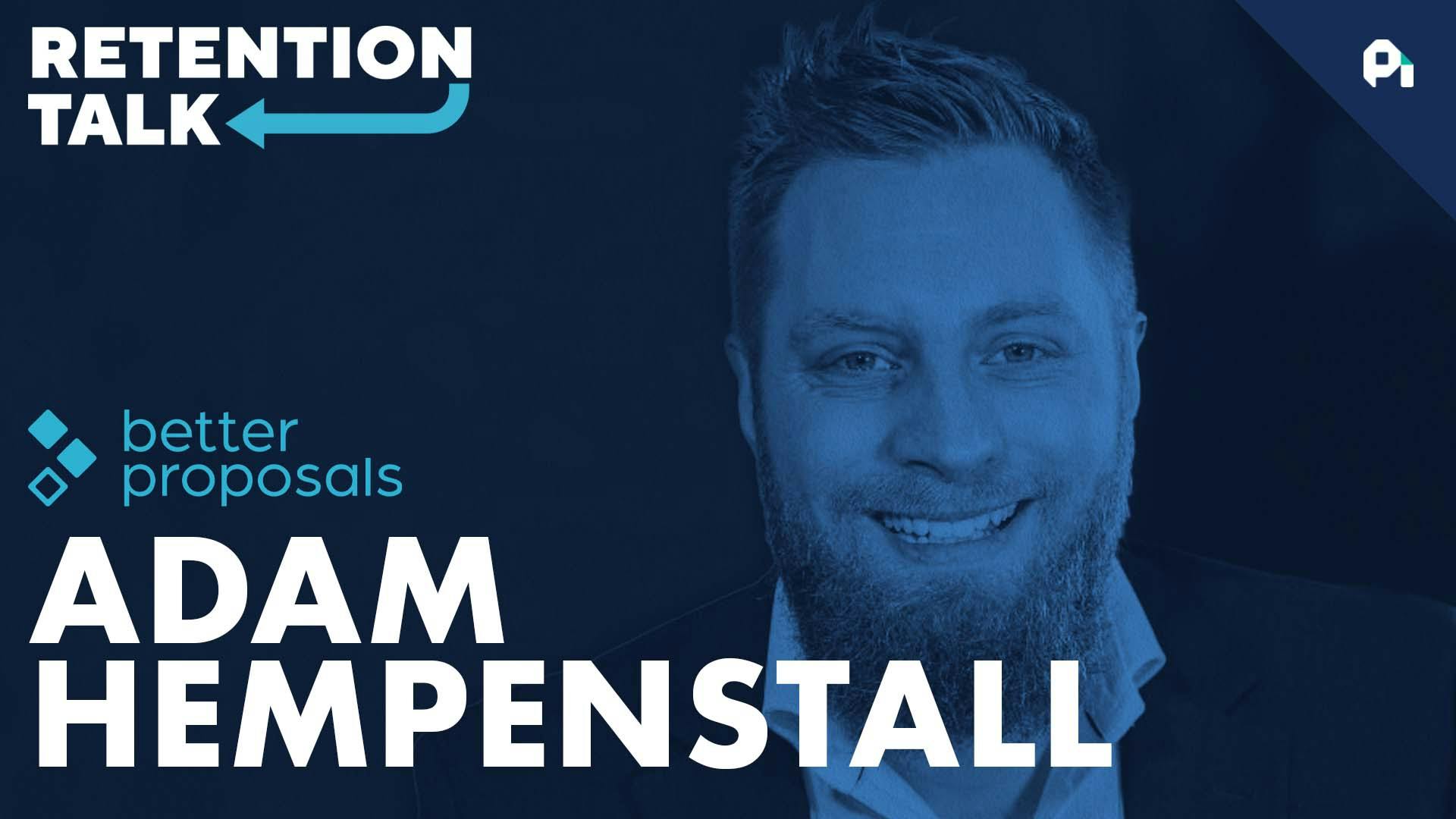
Overthinking, hacking retention, and rallying around metrics | Better Proposals' Adam Hempenstall
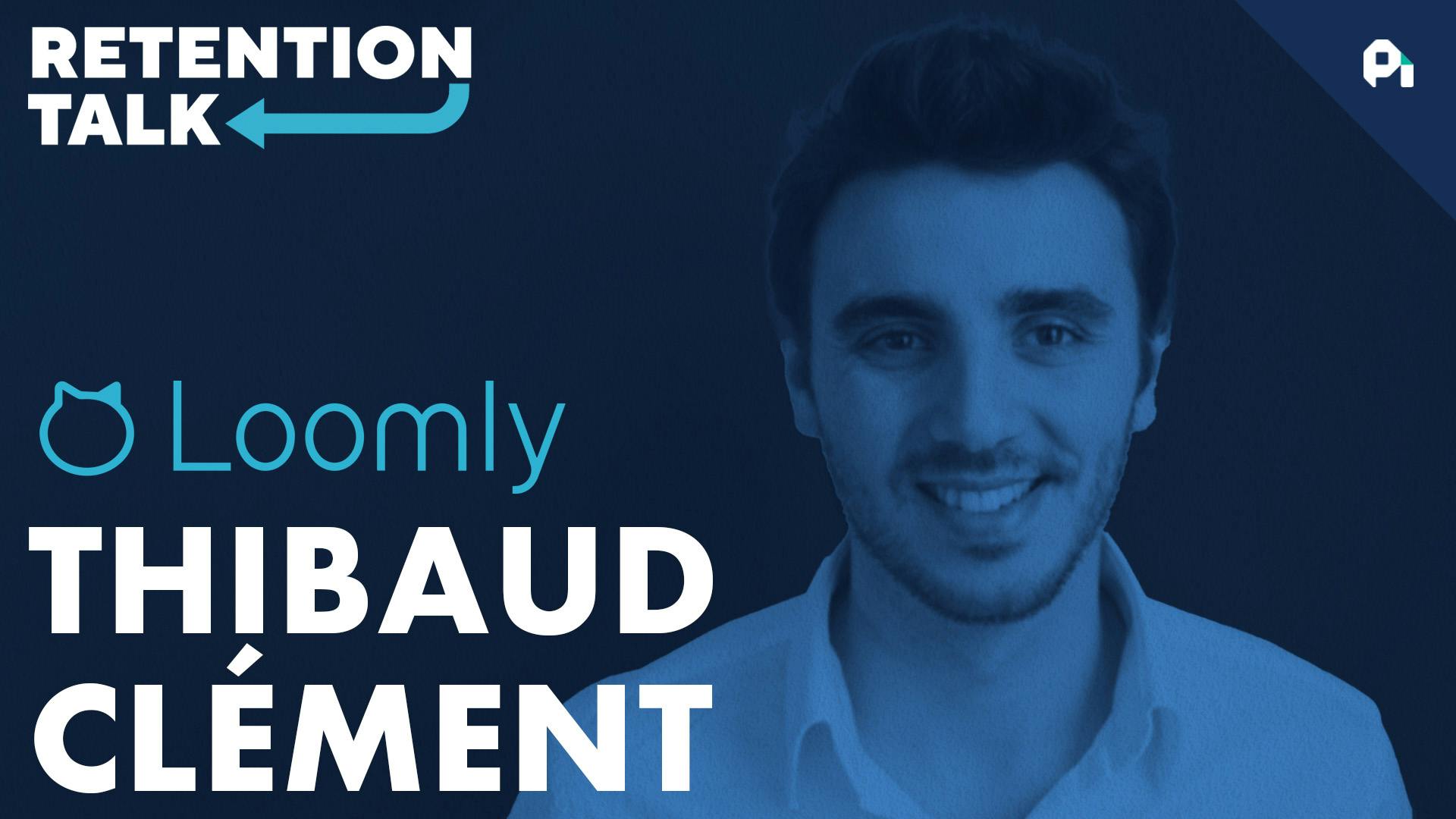
Locking out customers | Loomly's Thibaud Clément
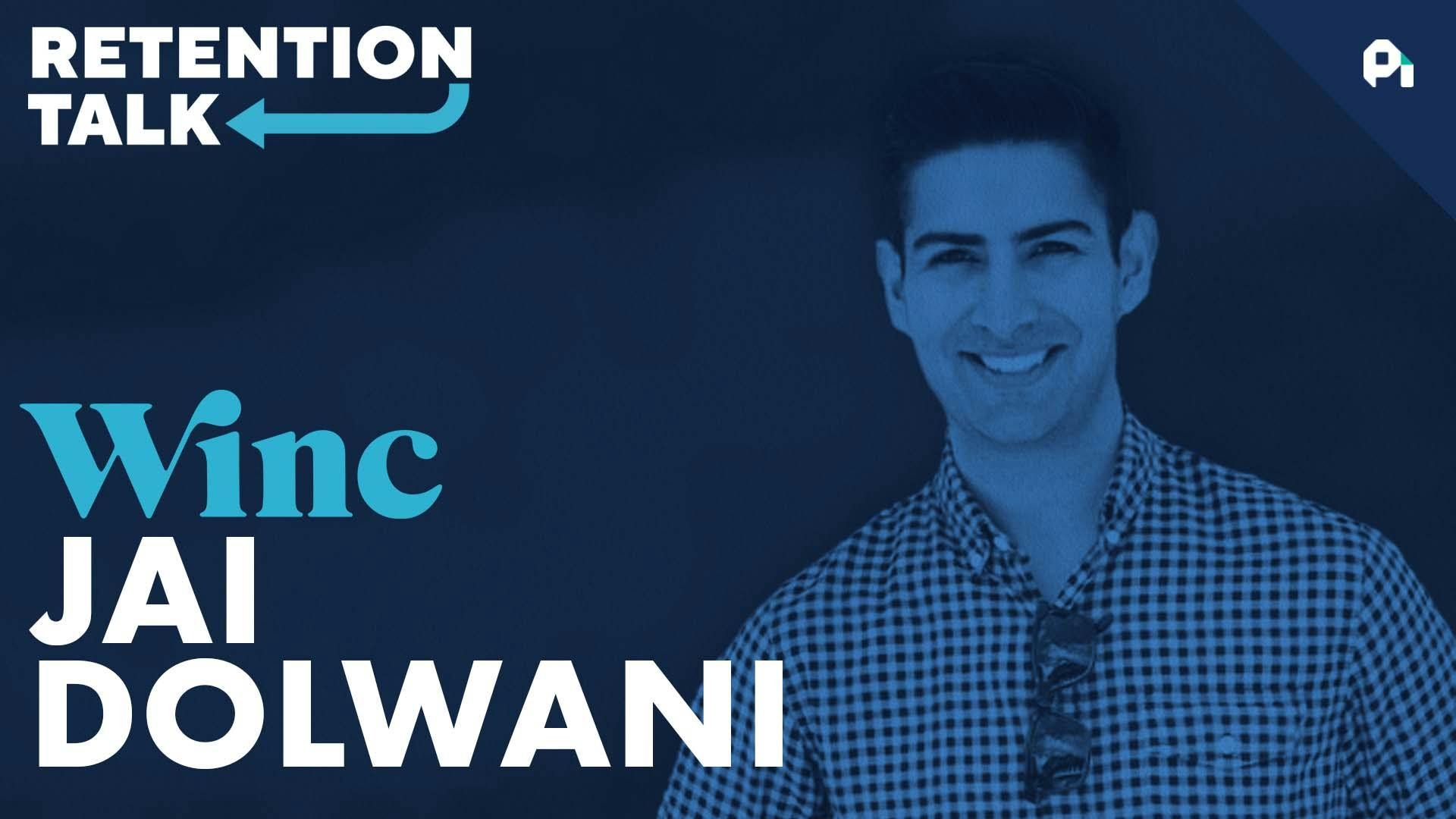
Focusing on second month retention | Winc's Jai Dolwani

Customer surveys, leveraging NPS, and the power of onboarding | Hunt A Killer’s Mary Callaghan
